10 aircraft you've never heard of that changed the course of flying history
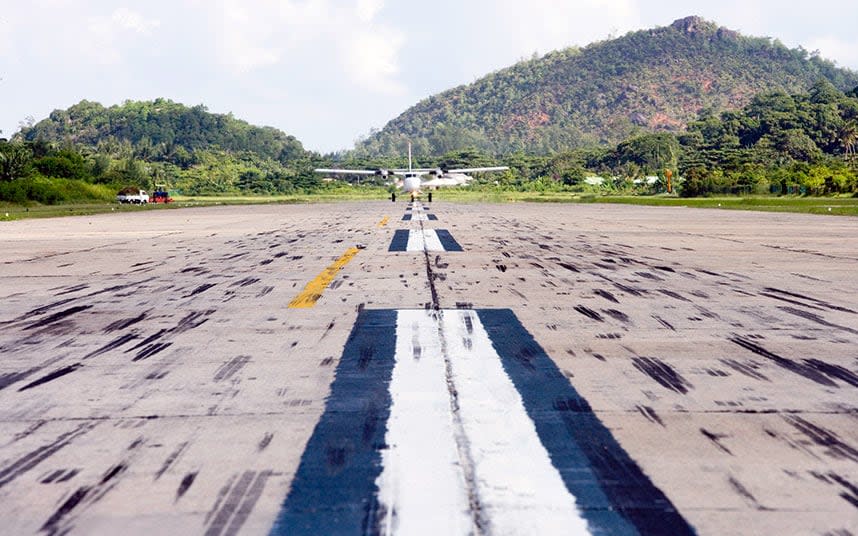
Sitting aboard a gigantic Airbus A380 - the largest passenger plane in the world - it’s easy to forget that the modern history of air travel is barely 120 years old.
This is the point made by Matt Falcus in the introduction of his guide to 50 aircraft that changed flying. And though his book highlights many of the planes that became household names - the DC-3, the 747 - we asked him to select 10 lesser-known flying machines that played an equally important part in getting aviation to where it is today.
Below the author picks the planes you’ve never heard of that changed flight. See here for our own take on the 18 most important aircraft of all time.
1. Benoist Type XIV
When? 1913
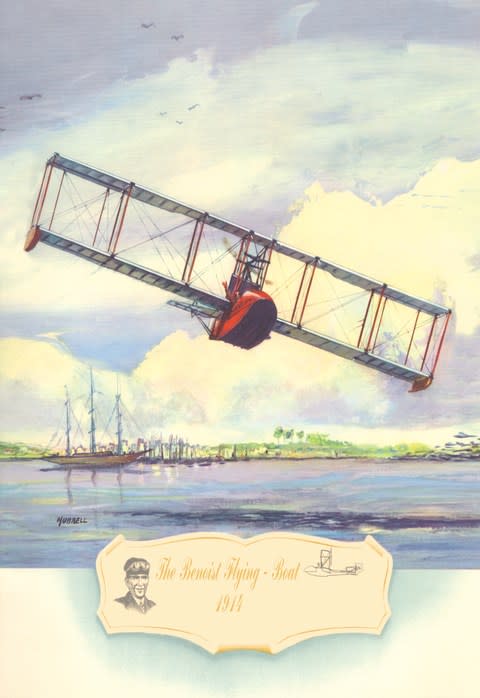
An automobile entrepreneur built the first Benoist Type XIV in 1913 and, with a business partner, started up the world's first scheduled airline flight. It flew between St Petersburg and Tampa in Florida, reducing the lengthy 18-mile sea or land journey dramatically. For the convenience, passengers were charged $5 - about $90 (£68) in today’s money - and soon the venture was making a profit, paving the way for such endeavours all over the world.
2. Fokker F.VII
When? 1925
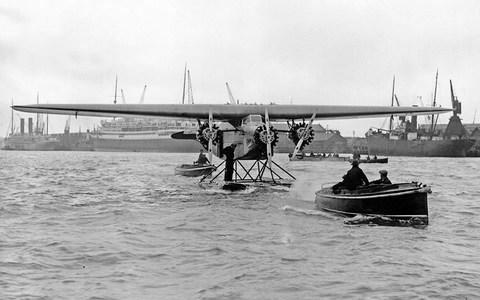
Designed as a single-engine aircraft, Anthony Fokker soon added two more engines to his new aeroplane when he heard rival manufacturers were doing the same. The result was the F.VII which could carry 12 passengers in comfort. It was the last of the great wooden airliners before metal fuselages took over.
Perhaps the most famous Fokker F.VII was the Southern Cross, which Charles Lindbergh used on the first crossing of the Pacific by air in 1928. The journey took eighty-three hours and eleven minutes, with two stops.
3. Dornier Do X
When? 1929
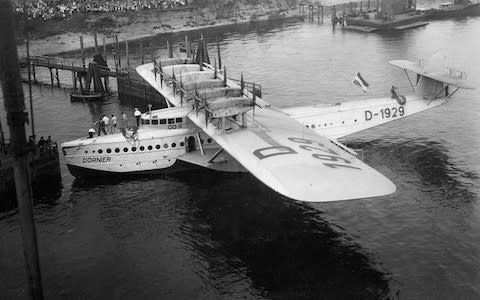
Only three Dornier Do X aircraft were ever built, so it was no commercial success. Yet this behemoth of a flying boat with six engines atop its wings featured lavish saloons, cabins and seating areas for its passengers. It mimicked the great ocean liners of the day and even broke records by carrying 169 passengers on one flight.
4. Junkers Ju 52
When? 1931
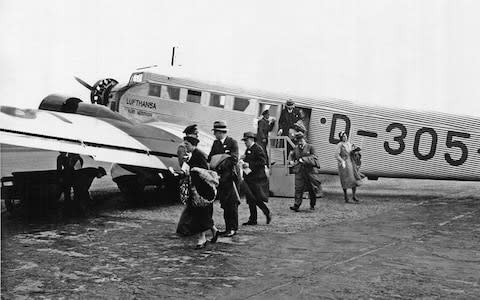
Constructed with the familiar corrugated metal skin that Junker was famous for, the German company built the Ju 52 in the early Thirties. Its ability to handle all manner of roles, from carrying passengers and freight to military support meant it was quickly adopted by the Nazi war effort. The Ju 52 was, however, a passenger favourite and many airlines flew the model. You can still find them offering sightseeing tours today.
5. Douglas DC-2
When? 1933
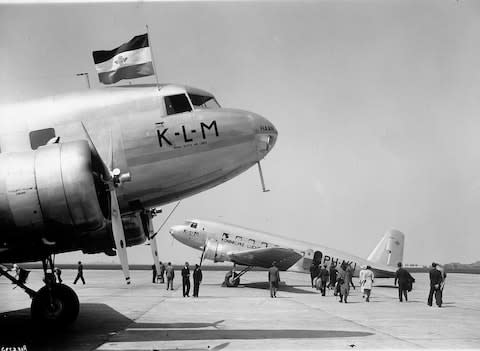
Most people have heard of the Douglas DC-3 that played such a huge role in both the Second World War and in developing viable commercial air travel, but it was its predecessor, the little-known DC-2, that was first to establish the design of retractable undercarriage and a comfortable passenger cabin. The DC-2 is responsible for the future success of the Douglas company, which went on to build many famous airliners.
6. Short S.23 Empire
When? 1936
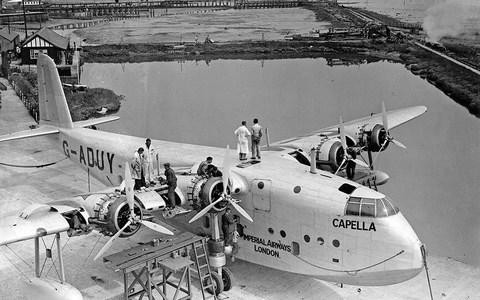
Like its stablemates, the Sunderland and Sandringham, the Short Empire was a flying boat that dramatically advanced air travel. Inside, passengers could enjoy a saloon, cabin, toilets, galley and even a promenade deck on the Empire routes of Imperial Airways. Developed for Imperial Airways, for its routes to Africa, Asia and Australia, this was a truly luxurious aircraft. However, the era of such lavish travel came to an end with the Second World War and the flying boats were consigned to the history books.
7. Sud Aviation Caravelle
When? 1955
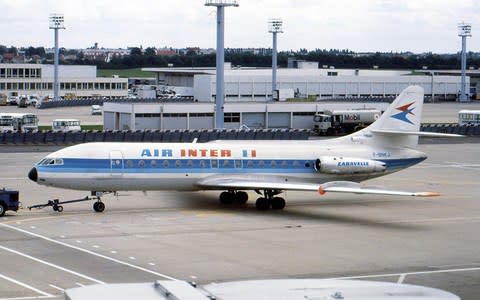
Following the triumphal entry of the de Havilland Comet and Boeing 707 - the world's first jet airliners - a quieter entrance came with France's Sud Aviation Caravelle. This was the first airliner to mount its engines near the tail of the plane, and was the first successful jet airliner to be built in Europe - a forerunner to the development of Airbus. Many airlines flew the Caravelle, including Finnair, Air France and United, even as late as the Nineties.
8. Hawker Siddeley Trident
When? 1957
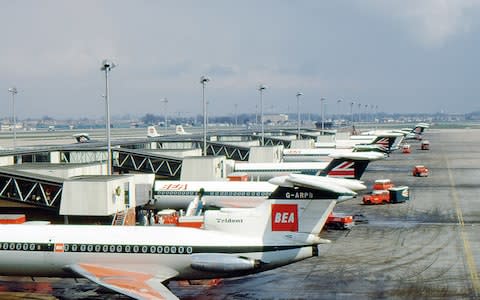
Before Boeing took the market by storm with its 727 airliner, the British Trident pioneered the idea of three rear-mounted engines and a T-tail. It flew for British European Airways (later British Airways) and a few other airlines, but was no commercial success. Nevertheless, the Trident brought in a wave of firsts, including an autopilot that could land the aircraft in heavy fog with no pilot input. Tridents were very common at Heathrow until the mid-Eighties, but retired and were largely forgotten about when new models from Boeing and Douglas arrived.
9. De Havilland Canada DHC-6 Twin Otter
When? 1965
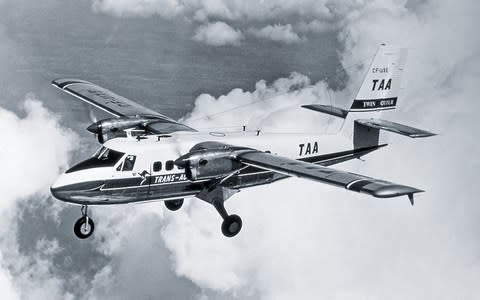
The Twin Otter was built on previous designs by the Canadian manufacturer and became one of the world's best workhorses. Equally at home carrying passengers, delivering mining equipment to remote parts of the Arctic, or landing on water at resorts in the Maldives, more than 800 examples have been built. The design was purchased by new manufacturer Viking Air, which is still producing the Twin Otter today. As well as being popular with skydivers, the plane is used on flights operated by Flybe to the Scottish island of Barra, being light enough to land on its beach runway.
10. Tupolev Tu-144
When? 1968
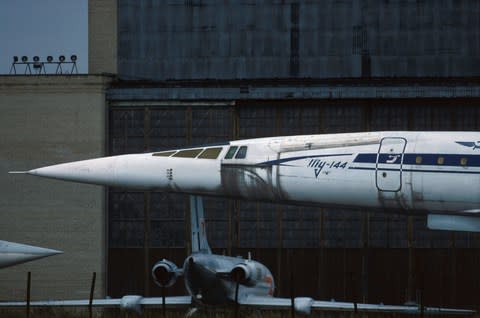
Concorde is by far the most famous supersonic aircraft to have flown. Few remember, however, that the Soviet Union was developing its own 'Concordski' at the same time - the Tupolev Tu-144. Not only did it fly first, but it beat Concorde in breaking the sound barrier and flying passengers at supersonic speeds. The Tu-144 had many technical issues and suffered a high profile crash that led to its early retirement, while Concorde carried on successfully for another 20 years.
50 Airliners that Changed Flying by Matt Falcus (The History Press; £12.99) is out now.

